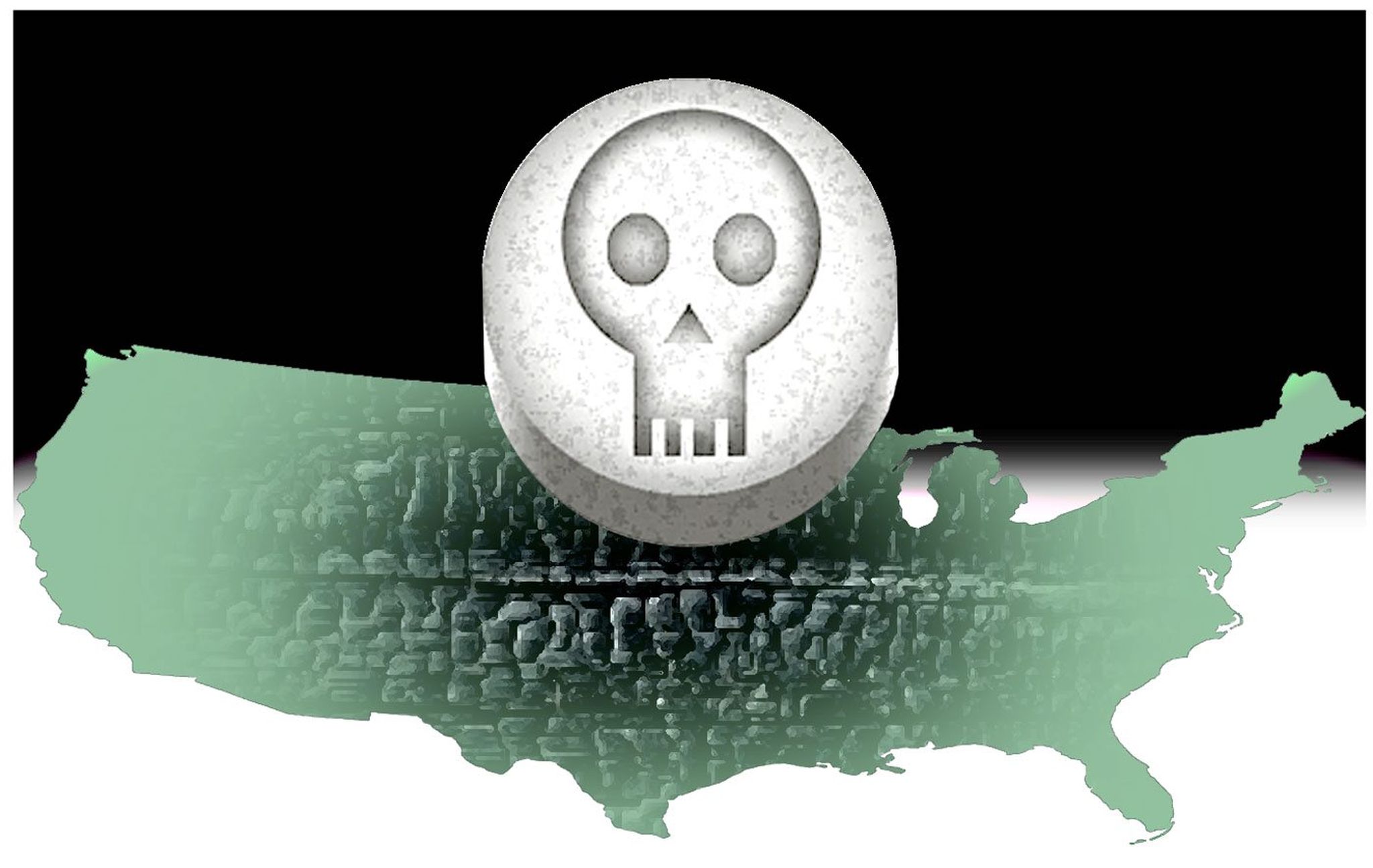
07 Feb The alarming dimensions of the opioid crisis
ANALYSIS/OPINION:
There is no question that the opioid crisis is one of the greatest killers in American history. Responsible for more than 47,600 overdoses in 2017 alone, these drugs were the leading cause of death from unintentional injuries for Americans that year, ahead of such common occurrences as car crashes and falls.
The largest portion of the increase in opioid deaths was not from prescription drugs or heroin, but from synthetic opioids, drugs that are man-made and created to mimic the effects of other controlled substances.
Deaths from synthetic opioids such as fentanyl have jumped 45 percent from the previous year. While there is no doubt this constitutes a public health crisis, the surge of opioid-related deaths presents a serious threat to law enforcement and public safety as well.
Both sides of the political aisle agree that our porous southern border could benefit from additional security. It’s the newest super highway for one of the deadliest drugs known to man. Beleaguered border agents are struggling to keep up with Mexican cartels that receive shipments of fentanyl from labs in China and smuggle it into the United States along with other opioids, such as heroin and “Mexican oxy,” counterfeit pills made to look like legitimate opioid prescriptions.
Just how deadly is fentanyl? The synthetic opioid is 50 times more potent than heroin and 100 times more potent than morphine. Just 2 milligrams (about 4 grains of salt) is enough to prove deadly. Even glancing contact with fentanyl can be dangerous or even prove fatal, resulting in unique safety risks for first responders.
There are numerous reports of police officers and paramedics who have fallen seriously ill after coming into contact with the drug on their skin and clothing. In Liverpool, Ohio, for example, police Officer Chris Green was rushed to the hospital after merely brushing some fentanyl powder off his shirt. It took four doses of naloxone, a drug which can rapidly reverse opioid overdoses, to revive the officer.
Recent fentanyl busts have highlighted how little fentanyl would be required to kill unfathomable amounts of people. In February of last year, Boston police seized 33 pounds of fentanyl, enough to kill 7 million people, or more than the entire state of Massachusetts. Even more shockingly, a seizure this past January yielded 254 pounds of fentanyl, enough to kill 57 million people.
Given the potency, and relative ease with which this drug can be manufactured and obtained, it’s not difficult to see how terrorists might find it useful as a weapon of mass destruction. This poses a new national security risk and puts first responders squarely on the front lines.
Fentanyl’s use as a military weapon has already been documented. In 2002, 50 Chechen rebels took 800 hostages in Moscow, demanding the withdrawal of Russian forces from their country. Russia responded by deploying a fentanyl gas which immediately ended the standoff. The lethal gas killed most of the Chechens in addition to 100 hostages.
It’s not hard to imagine a terrorist group using gas or exploding fentanyl powder in a crowded subway or sporting event causing mass casualties almost instantaneously. While there is an antidote (naloxone) it often takes multiple doses of the drug to reverse the effects of fentanyl. Administering the drug in the wake of a massive terror attack would be futile.
Local, state and federal law enforcement can no longer work independently. They must work in concert to prevent mass casualty terror attacks. But government officials seem to be primarily putting their resources toward combatting lawful prescription abuse.
With the newly elected Congress and state legislatures across the country, now is the time to reorient the policymaking process to shutting down the criminal pipelines that have given rise to deadly synthetic opioids.
The reality is that law enforcement is being outspent and outmanned by sophisticated, billion-dollar criminal enterprises and given fentanyl’s potential as a weapon of mass destruction it is all the more critical that we double our efforts to take this drug off the streets. The opioid crisis threatens all Americans and our elected officials need to start acting accordingly.
• John Ligato is a retired special agent with the FBI. His latest book is “The Near Enemy” (Post Hill Press, 2017).
The Washington Times Comment Policy
The Washington Times welcomes your comments on Spot.im, our third-party provider. Please read our Comment Policy before commenting.
[ad_2]
Source link



No Comments